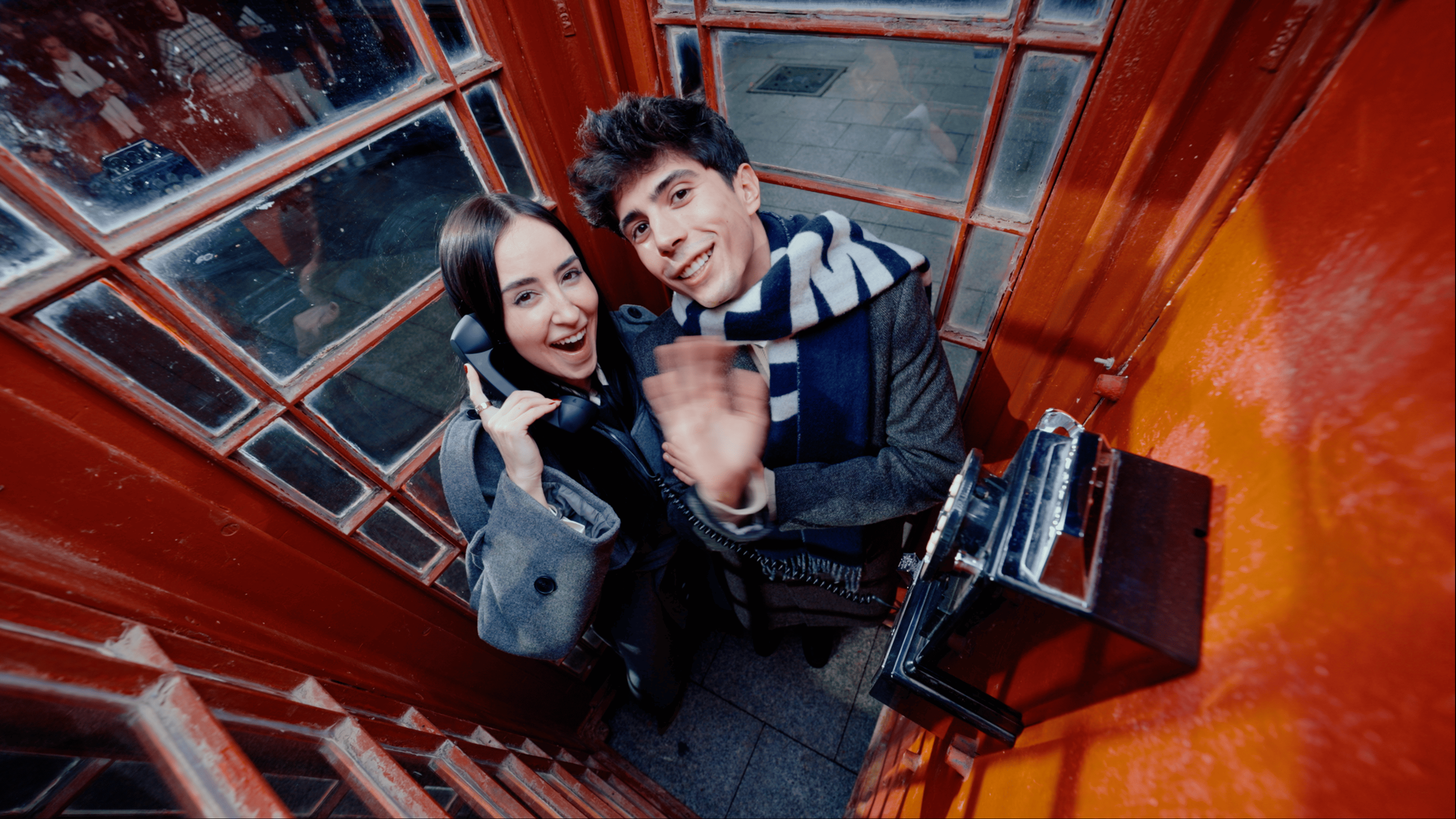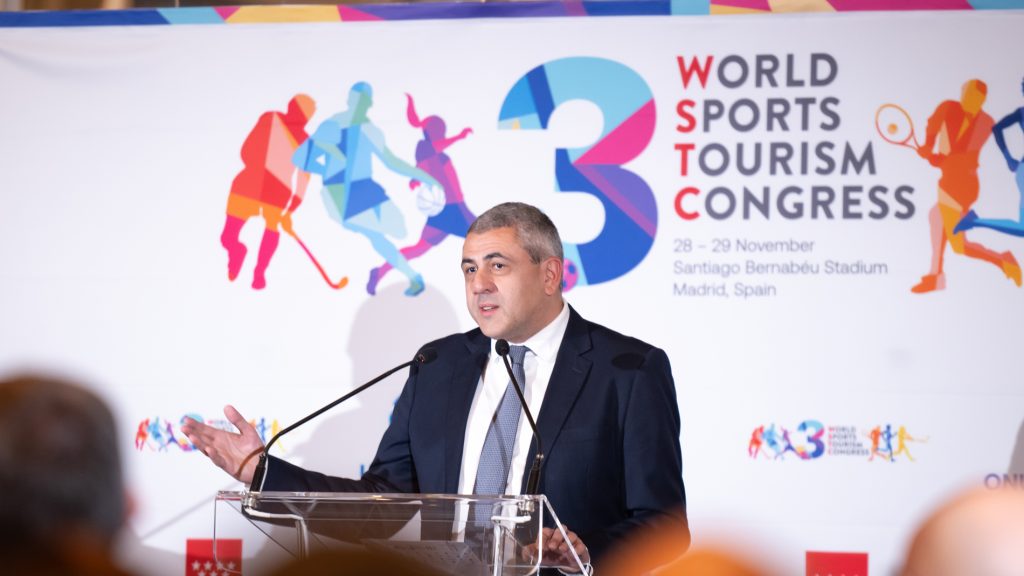Rajeev Kohli talks about the incentive trip

Share news
Listen
Trends in incentive experiences
Today, there is a much bigger service offering that incentive suppliers are being expected to deliver beyond the acquisition of a destination travel package. Customers are looking to their suppliers to provide consultation and value-added services to design a program that is unique, custom built, demographic appropriate and deliver measurable business results. And, participants are seeking more personalized, authentic experiences indigenous to the program destination, as well as activities that allow them to give back to the communities they visit.
A multi-generational workforce is changing the design of incentive programs, particularly when it comes to the types of activities offered. While golf and spa are still popular with an older generation, younger participants are seeking more authentic and immersive experiences.
A trend in activities seem is to make them more individual and at different levels of exertion to suit the demographics. For example, water sports are now surf lessons, kayaking and paddleboard rentals. Biking options are coastal rides on beach cruisers or a city tour on regular or tandem bikes. Golf could be group or individual lessons with a video analyzing their swing or having a pro join a foursome. Food network fans are influencing the addition of restaurant hopping, food tasting options and beer, wine, tequila and scotch tastings and how they pair with food. Spa is still popular but it requires more individual offerings of treatments, fitness/health speakers, private or small group workout lessons, etc.
Millennial’s preferences for fun personalized workouts, healthy foods and holistic wellness are fueling trends with far-reaching implications for the travel and hospitality industry. Wellness is one of the areas that planners are focusing on to ensure that we are catering to these preferences. For example, supplying bikes for delegates to use to explore the destination or providing guides for delegates to walk the route to venues that are within walking distance and just simply require an earlier meet time.
Why incentive travel works and what are the most effective motivational levers
Research by the SITE Foundation confirms that incentive travel works. Once people have earned enough money to provide for their basic needs, they are driven by a desire to raise their self-esteem—not just their earnings. Most people feel that it is unacceptable to brag about their earnings or cash bonuses to their peers, family and friends. Incentive travel does not have that same problem. Although spending your own money to take a trip to an exotic destination may be perceived as frivolous, it is perfectly acceptable to talk about a travel award and say how great it was to earn it. This is why incentive travel programs must be created to provide experiences that a typical traveler would not think to do on their own, financially afford to do on their own, or even be able to do on their own, if it wasn’t organized as a group activity.
If a program’s objective is to attract and retain employees, studies show that “qualifiers” have an increased send of loyalty to their company, a sense of belonging that makes good employees stay where they are. People will strive that much harder to earn a trip to a destination they have always dreamed of visiting. An once-in-a-lifetime, high-end travel experience creates lasting memories that will be talked about and shared by participants and motivate future performance. And, during a program the positive reinforcement given by company executives to top performers increases the ‘trophy-value’ of the travel award and its usefulness as an incentive. Each time that the participant remembers a trip, they are reminded of the recognition, which increases their commitment to the company.
Destinations: are they changing, are we going back to long haul? What are the strongly emerging destinations?
With budgets increasing and air prices stabilizing, we are beginning to see a return to long-haul destinations, particularly to emerging destinations that offer good value for the money over traditional destinations. Of course, the choice of destinations is also being off-set by concerns for safety and security.
Today’s incentive customers are seeking new or ‘reinvented’ destinations that provide unique, authentic and memorable experiences. There are many destinations that fascinate incentive planners – countries that offer great experiences in culture, gastronomy or adventure – and emerging and non-conventional destinations may be best able to deliver something different.
To be considered “ideal” an emerging destination must be able to demonstrate that they have a solid infrastructure – sufficient airlift, four- and five-star hotels that accommodate groups; experienced ground suppliers; interesting cultural activities and off-site venues. It should also be actively investing in tourism; have a strong potential for promotion and should be economically and politically stable.
Some emerging destinations: Southeastern/Eastern Europe – Slovenia, Croatia, Poland, Czech Republic.Baltic Cruises-Southeast Asia – Vietnam, Malaysia. Latin America – Panama, Colombia. Winter Destinations – Iceland, Canadian Rockies, Colorado Rockies, Swiss/Italian Alps











